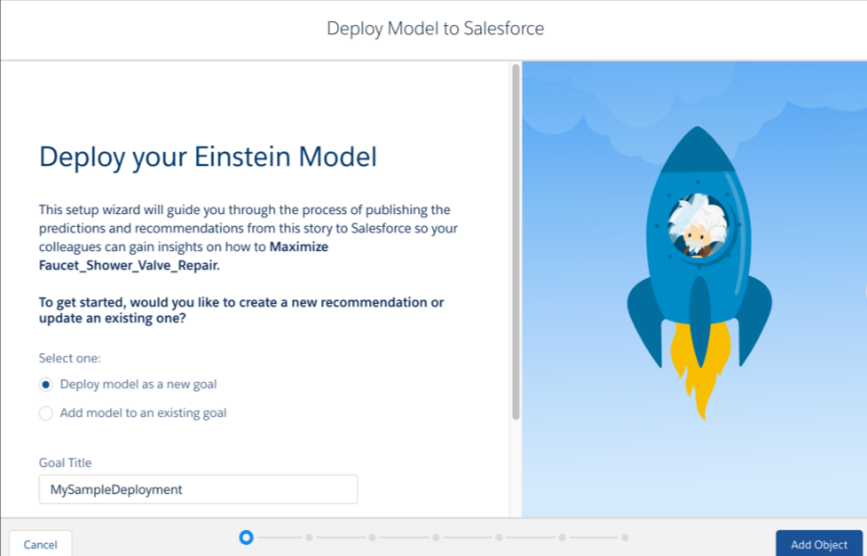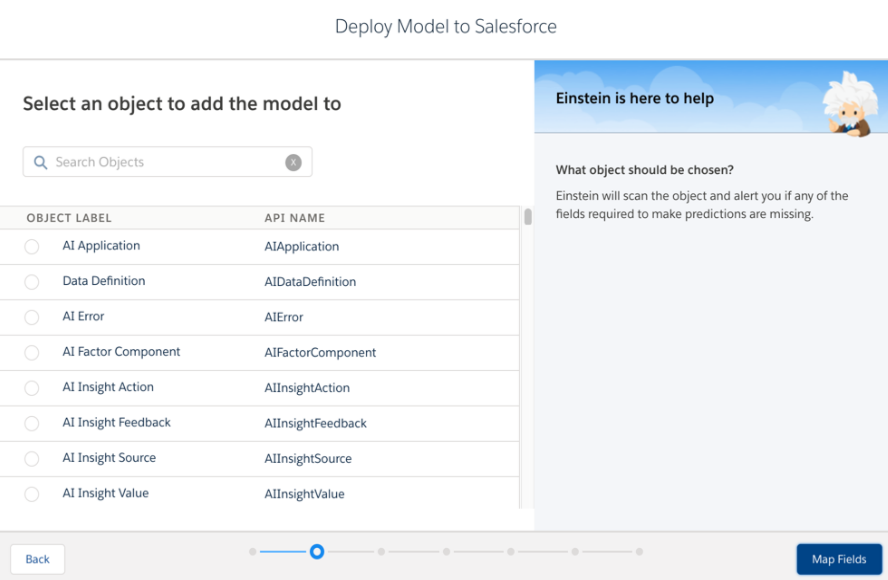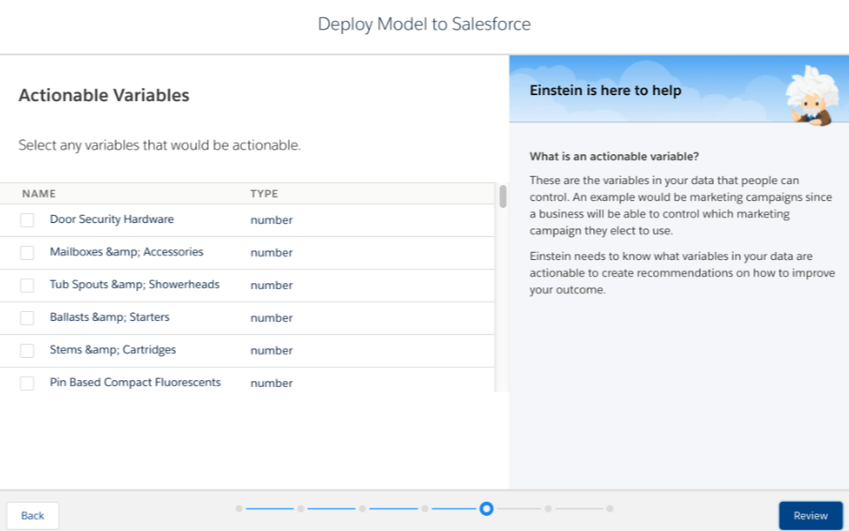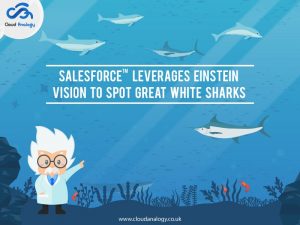Every business owner makes decisions daily. With each decision comes some amount of risk, small or big, which may ultimately affect your bottom line. However, you can turn the tides in your favor and enhance the probability of success by using the predictive power of Einstein Discovery. Using this set of AI-powered analytics can help you automatically discover data-based relevant patterns without having to build sophisticated and complex data models.
In this blog, we would be reading about all the steps required to deploy a model to a Salesforce object.
Deploying A Model To A Salesforce Object
You can use stories for making recommendations and predictions on a Salesforce object.
For deploying a model to a Salesforce object:
- Click on the dropdown menu arrow on the story toolbar and then click on Deploy Model.
- Now, choose whether to add this model to an existing prediction or deploy this model as a new prediction. If you are adding the model to an existing prediction, you will be required to choose the target prediction for the model.

- You may change the default prediction title if required.
- Click on Add Object.
- Choose the target Salesforce object to which you want to add this model.

One of the best things about Einstein Discovery is that it comprehensively scans the objects and issues alerts to you if any of the fields that are needed for making predictions are missing. In the case of missing fields, the process of model deployment will require more development work by the Salesforce Administrator for exposing the predictions. For this, you may decide to choose a different target Salesforce object if possible.
- Click on Map Fields. Optionally, you may proceed with field mapping from the dataset to the Salesforce object fields.

- Once this has been done, you can click on Add Filters. It would be now the time to decide whether or not you want to make use of the prediction on just a subset or all of the data. For instance, you can focus on a group of customers or a specific product model.

- If you want to proceed with adding filters, this is the time to select Yes, focus on a segment (advanced) and then start specifying one or more filters. It is important to specify the field, a value, and operators (less than, greater than, equals, and so on) for each filter.
- Click on Add Variables and choose which actionable variables that are required to be defined by you for this model.

It is worthwhile to note here that Actionable Variables are data variables that people can control. Choose at least one variable as actionable so that recommendations can be created using Einstein Discovery on how to enhance the outcome.
- Click on Review and then proceed to review your selections.

- You can click on Back for returning to a previous screen and changing the selection if you need to change anything.
- Click on Deploy. This model would be deployed by Einstein to the target Salesforce object. You will receive a notification whether it is succeeded or not.
- Click on Done.
Once it gets deployed, you can create a module for exposing the insights on each record.
Conclusion
Today, business clients don’t prefer to play data scientist and all they need is the ability of data science. The best thing is that the primary purpose of Einstein Discovery is to provide invaluable insights to you and unlocking productivity for your entire organization to give you the capacity of making a move where you work. Embrace Einstein Discovery by choosing Cloud Analogy now to redefine your business processes and operational efficiencies!




